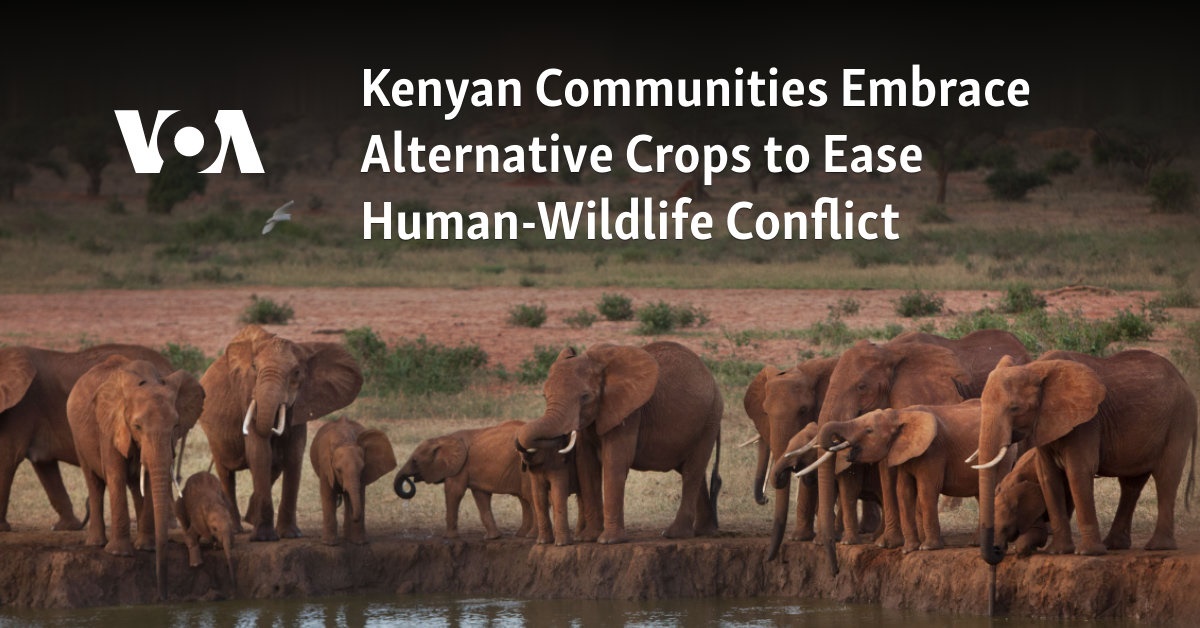
Kenyan communities near Tsavo National Park are seeing a rise in human-wildlife conflict, impacting their lives and income. Communities near the park complain of animal attacks and crop destruction, exacerbating poverty. The group Five Talents Kenya is helping the affected communities to reduce the conflicts, in part by introducing alternative crops that animals are less likely to eat.
In mid-2023, Kenya’s Ministry of Tourism and Wildlife disbursed $6.2 million as compensation to victims of human-wildlife conflict, covering deaths, injuries, and crop and livestock losses.
According to the Kenya Wildlife Service, the government faces additional pending claims of more than $39 million due to human-wildlife conflicts.
Obadia Mwakireti, a farmer in Taita Taveta County, has lost maize and sorghum crops to elephants and other animals from Tsavo National Park. To survive, the 52-year-old farmer shifted to planting alternative crops.
“I have lost a lot of money farming these other crops and we were not being compensated for our loss other than getting [told] sorry,” Mwakireti said. “But now it’s better, I am farming sunflowers. I harvest and press the oil and sell it.”
Other farmers have turned to growing sunflowers and green gram and surrounding their fields with thick Kei Apple hedges to deter animal intrusion.
Kenya’s population growth has exacerbated human-wildlife conflicts, aggravated by the lack of a comprehensive land use policy.
Five Talents Kenya, working with the U.S. Agency for International Development, has initiated programs supporting communities near Tsavo National Park.
Peter Mghendi, the organization’s head, says the group is targeting people from Kitui, Makueni and Taita Taveta counties with programs aimed at reducing tension between communities and wildlife and improving people’s income.
Mghendi said the 3,600 people the group is targeting are members of thriving savings and credit associations, and involved with climate-smart agriculture.
“They will also be linked to markets that they are part of,” he added. “Their leadership is part of the Tsavo conservation area that are contributing to policy matters on conservation.”
Philip Muruthi, vice president of conservation science and planning at the African Wildlife Foundation, said there is a pressing need to manage the conflicts between communities and animals.
“The issue is how can we live with wildlife positively? And I think although it’s a major issue, the battle is not lost,” he said. “We have to be intentional in managing that wildlife. … There are many mechanisms which can be applied including land use planning, compensation. There are better husbandry techniques, better cropping systems.”
Reducing human-wildlife conflict is a crucial matter for communities living near national parks. According to available data, between 2017 and 2020, 388 Kenyans were killed by wild animals and nearly 2,100 were injured.
